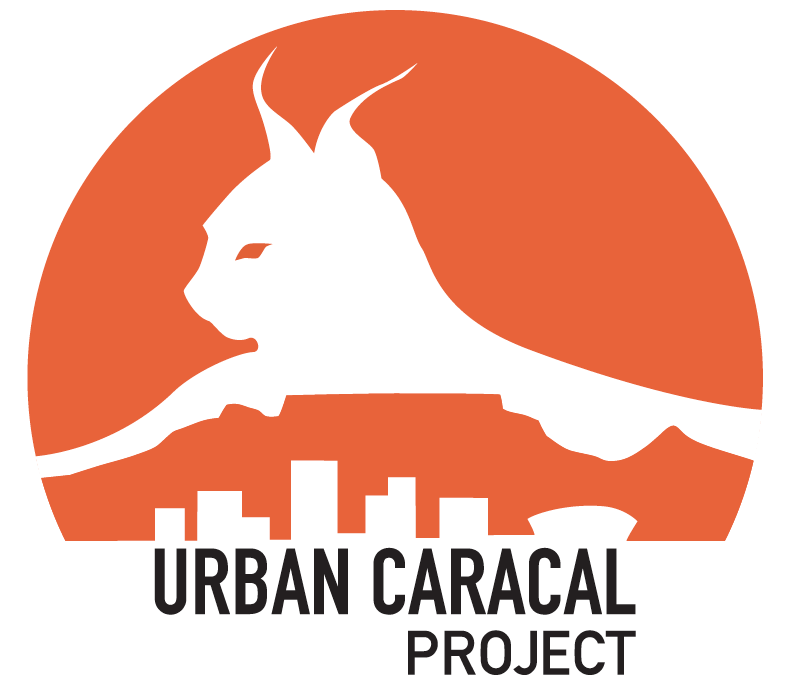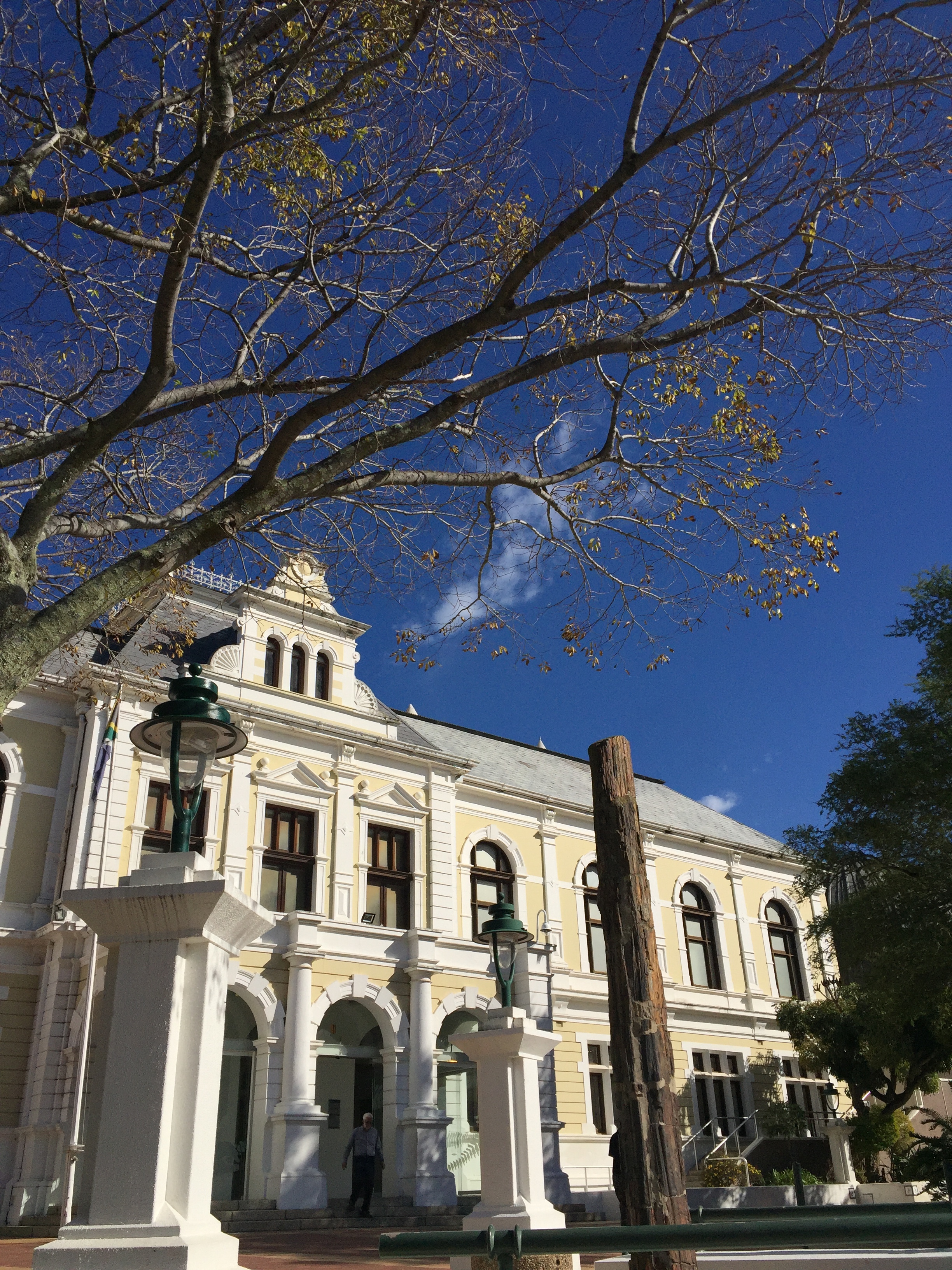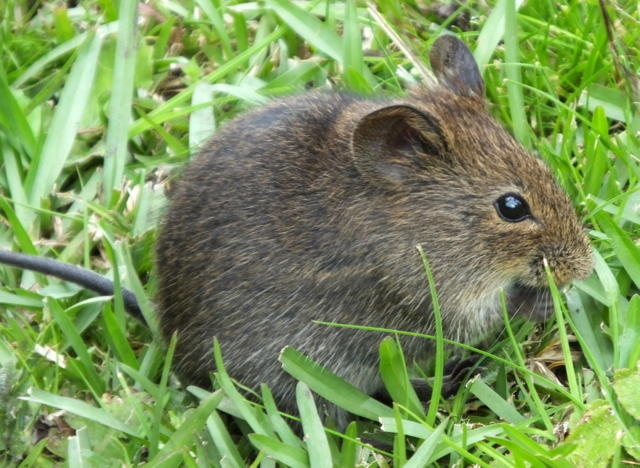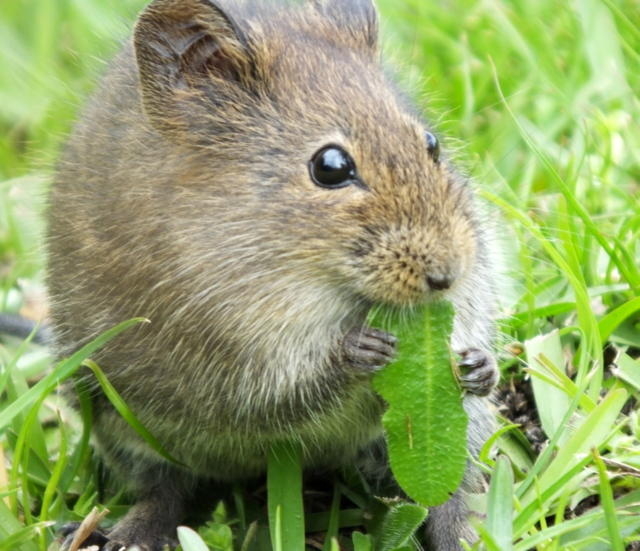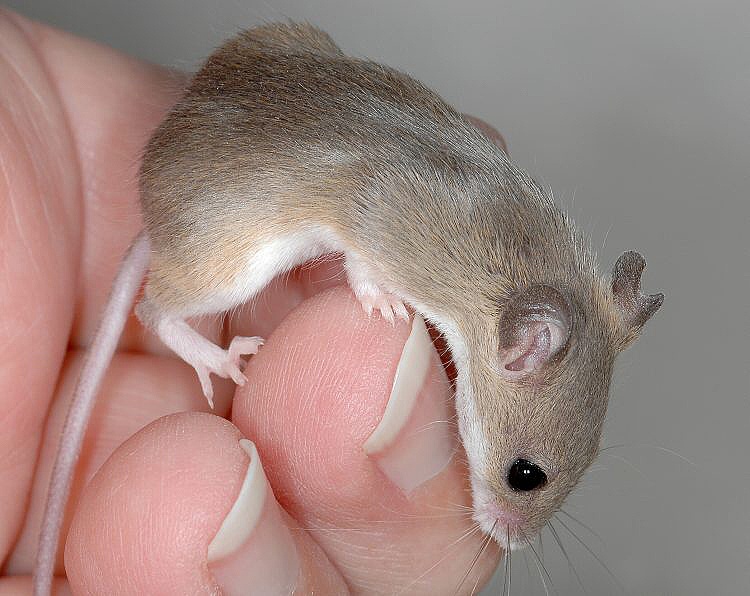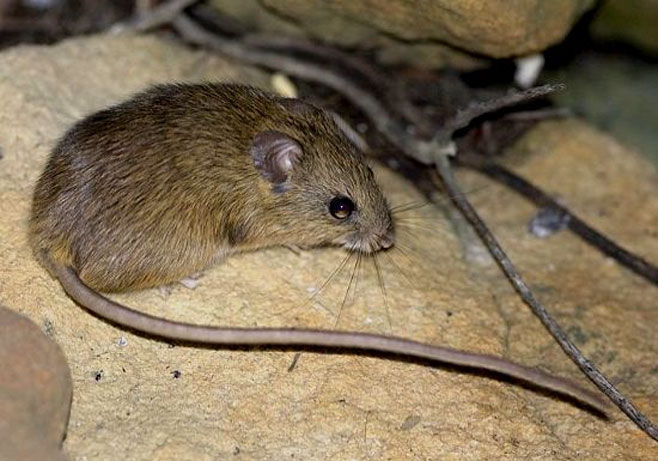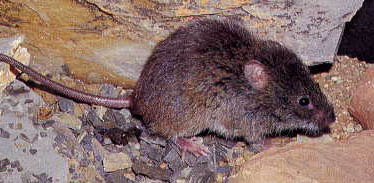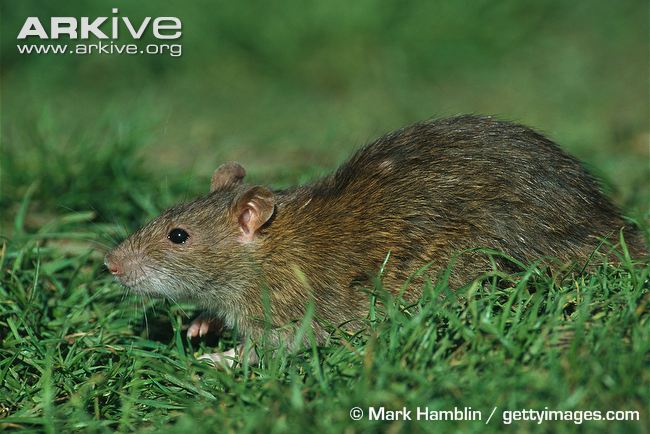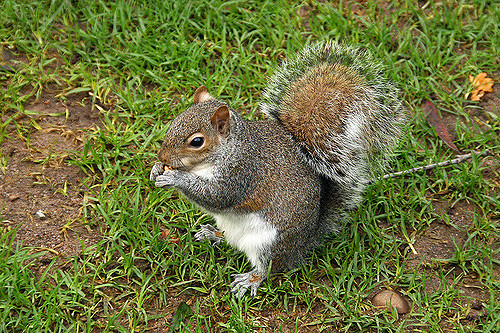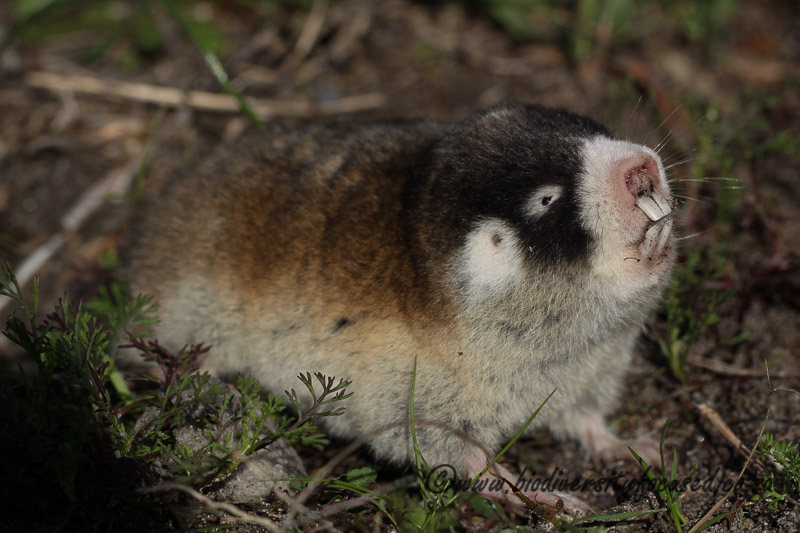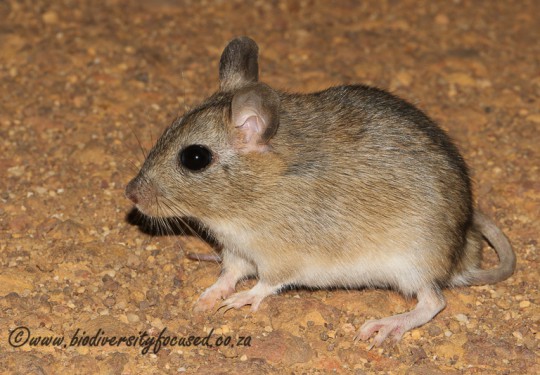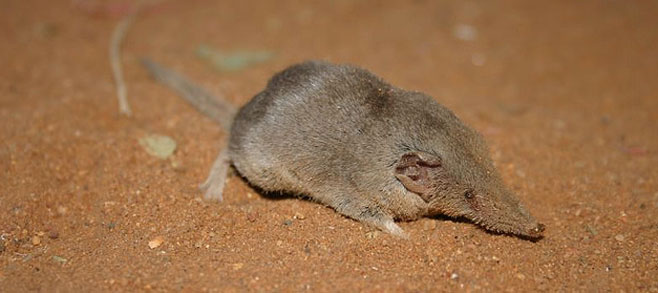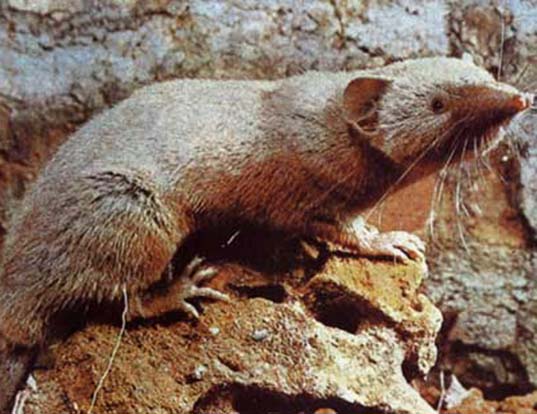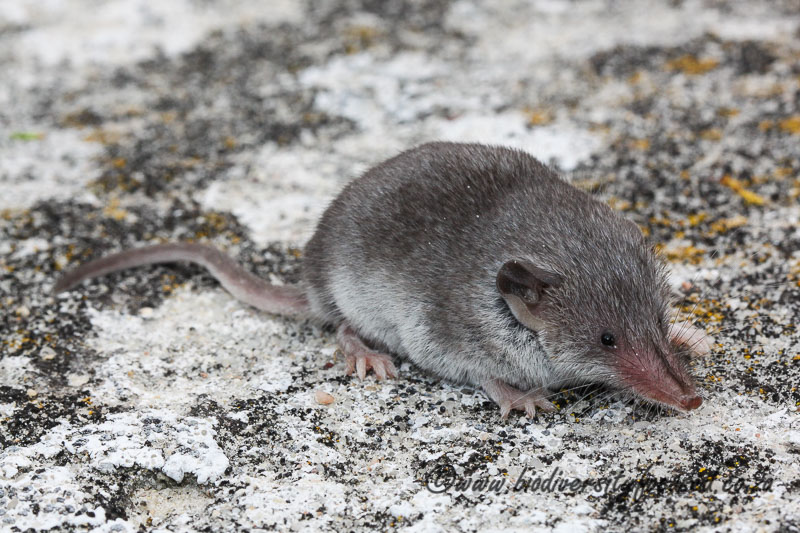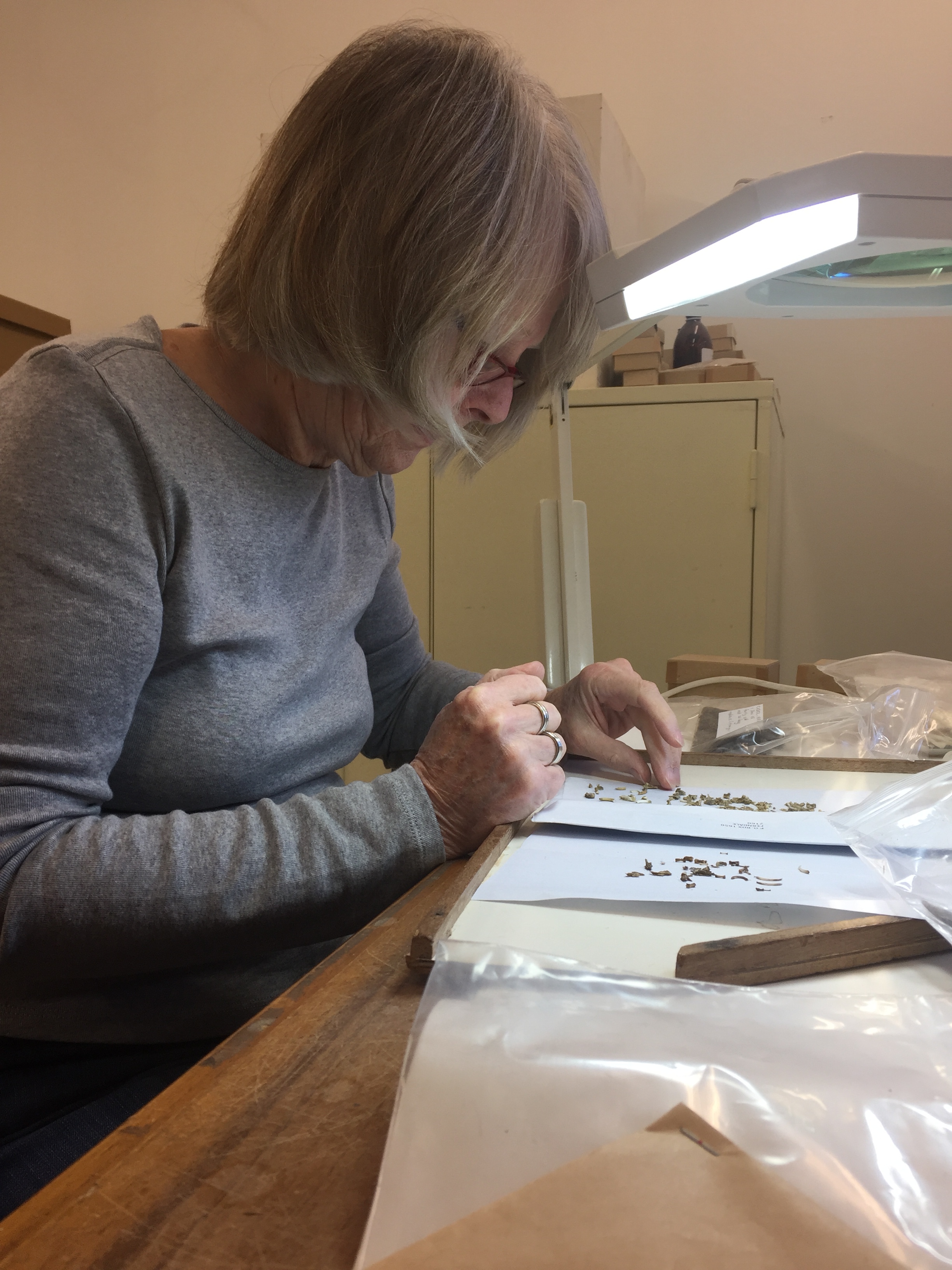Of mice and museums
The past week has seen me back at the Iziko South African museum in Company’s Garden in town. It was a rat-run, pun intended. In my previous trips I was working with Graham Avery on identifying bird and larger mammal bones. This time around I met with his wife, Margaret Avery, who is an expert on micromammals (this includes rodents) and specifically studies the Cenozoic period. What this means is that Margaret is very good at recognising very small mammal species by looking at their teeth and cranial bones. The couple has been working for the museum for a long time and they are now emeritus associates. Despite ongoing renovations and constant moving of offices and collections in the museum building, we managed to book the lab for two days last week and one day this week – just before and after the big storm hit Cape Town!
What I’ve been learning over the last few months is that there are some really interesting micromammals right here on the Cape Peninsula. By far the most common in my samples have been African vlei rats, which belong to a genus called Otomys. What I didn’t realise is that there are several species of Otomys in this area. The two species we’ve found so far in the scat samples are Otomys irroratus (this comes up a lot) and Otomys saundersiae (aka Otomys karoensis), which co-occur in the Fynbos biome of the Western Cape. Otomys irroratus is associated with mesic grasslands, but according to Margaret the smaller O. saundersiae can be found in rockier, higher altitude areas. These species are exclusively herbivorous, mainly eating grasses. Interestingly, they aren’t typical rodents in that they usually only produce one or two offspring at a time, which are born precocial, erupted incisors at the ready.
Rhabdomys pumilio, or the four-striped grass mouse, is another fairly common small rodent player in the Cape Town caracal diet so far. There have also been some remains of incredibly tiny African pygmy mice (Mus minutoides), grey climbing mice (Dendromus melanotis), Namaqua rock mice (Micaelamys namaquensis), African marsh rats (Dasymys incomtus) and brown rats (Rattus norvegicus). The latter species is closely associated with cities, yet we have found only a few instances of it becoming dinner. Even more surprisingly, we did not find any remains of house mice (Mus musculus). It is the most numerous species of the genus Mus globally, although originating in northern India, as they have spread with humans all over the world. House mouse phylogenies have even been used to reconstruct early human movements. Given that they are very common in urban areas, as they live in houses, I would have thought we would see them in the caracals’ diet.
Bigger rodents like grey squirrels (Sciurus carolinensis) and mole-rats have also featured. The Cape mole-rat (Georychus capensis) is quite distinctive, with russet-coloured fur and a silvery-white underbelly. Like most mole-rats they live in underground tunnels, rarely emerging to the surface, and they are nocturnal. However, unlike some other species, they are solitary, except when raising young, and are extremely aggressive to intruders. My discovery of the Cape dune mole-rat (Bathyergus suillus) in a scat was confirmed by Margaret, and we found quite a few more samples containing evidence of this species. I was very interested when we found some gerbil teeth! The Cape gerbil (Gerbilliscus afra) is a nocturnal rodent endemic to the Western and Northern Cape, South Africa and is found in sandy soils in which they dig complex tunnels. Despite its adorable appearance, it is often considered a pest during population explosions, as it is well adapted to agricultural fields. It’s fascinating to consider that this species has persisted while surrounded by such built-up areas.
We found quite a few non-rodent micromammals too. So far there have been three species of shrew: the reddish-gray musk shrew (Crocidura cyanea), greater red musk shrew (Crocidura flavescens) and the lesser dwarf shrew (Suncus varilla). We have also found a few instances of golden moles – which were further identified as the Cape golden mole (Chrysochloris asiatica). This is an insectivorous mammal with short, iridescent fur, no external eyes and large digging claws, which is widespread in south western South Africa. Its populations are not in decline and it seems to adapt easily to urban areas, and has become the bane of many gardeners.
While going through all the samples, I made sure to group those scats found in the same GPS cluster – just to check whether the remains belonged to the same individual or not. Margaret can tell this by looking at left and right-sided bones (especially jaws) and the number of upper and lower teeth. It seems like the caracals like to snack on more than one of these smaller prey items at the a time, as most of the scat had several individuals or several species present in one sample.
The broader patterns in the scat and kill data are beginning to emerge. Once I have all the identifications done (there are still a few that need to be done purely on the basis of microscopic hair scale patterns), I’ll begin to analyse the data properly, but for now I can see that most of the prey base is made up of wild species, rather than introduced ones. While I can’t say much about prey preference because I don’t have records of prey abundance for micromammals on the Cape Peninsula, it is still interesting to see that the caracals aren’t necessarily focusing on synanthropic (i.e. human-associated) prey. The southern cats nearer to Cape Point seem to eat more birds (especially Cape cormorant), while rodents make up the bulk of the diet for the northern and Noordhoek wetland caracals. So far, it also looks like female caracals take more avian prey than males do.
I found my time at the museum engaging – it’s wonderful being able to work with people who are so dedicated, knowledgeable and enthusiastic in their field. I’ve learnt plenty and I’m very grateful to the Avery’s for all their help, which has yielded some very interesting findings!
